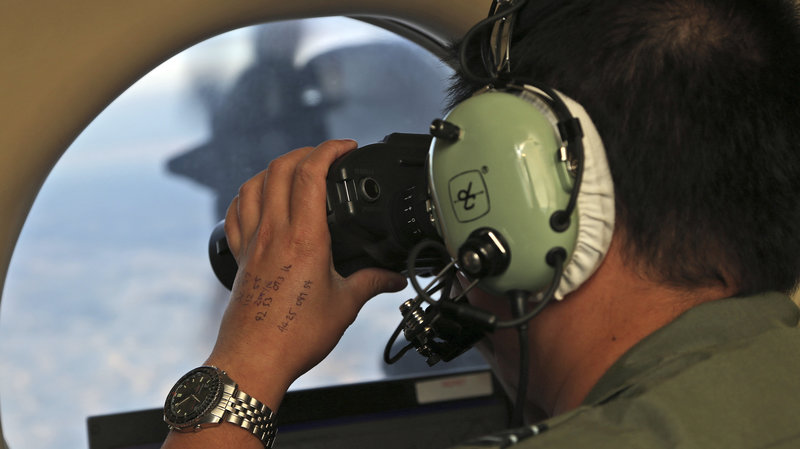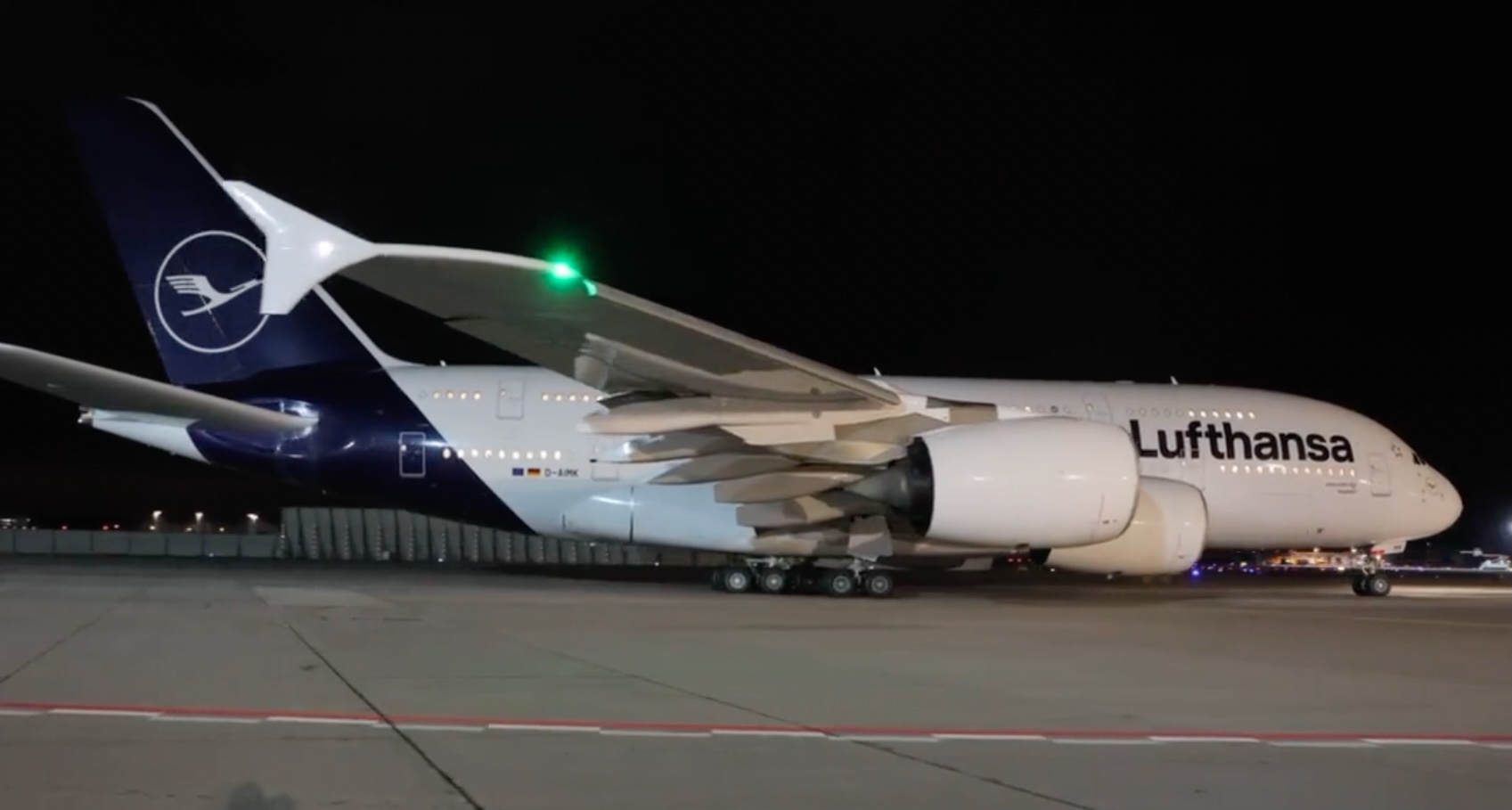
The captain of the Malaysian Airlines aircraft that vanished somewhere in the southern Indian Ocean with 239 people on board had flown a route on his home flight simulator six weeks earlier that was “initially similar” to the one actually taken, Australian authorities said on Tuesday.
The details were contained in a 440-page final report by the Australian Transport Safety Bureau (ATSB) on the unsuccessful search for flight MH370.
But the simulated aircraft track was inconsistent with those modelled using satellite signal data from MH370, the report said.
However, the ATSB said there were enough similarities to the flight path of MH370 for the agency to carefully consider the possible implications for the underwater search area, including whether it glided after fuel exhaustion or was ditched in a controlled manner.
Aircraft debris found later indicated the flaps were most likely retracted, which wasn’t consistent with a controlled ditching, the report said.
On 8 March 2014, a Boeing 777 aircraft operated as Malaysia Airlines flight 370 (MH370) was lost during a flight from Kuala Lumpur in Malaysia to Beijing in the People’s Republic of China carrying 12 crew and 227 passengers.
The search for the missing aircraft commenced on 8 March 2014 and continued for 1,046 days until 17 January 2017 when it was suspended in accordance with a decision made by a tripartite of Governments, being Malaysia, Australia and the People’s Republic of China.










